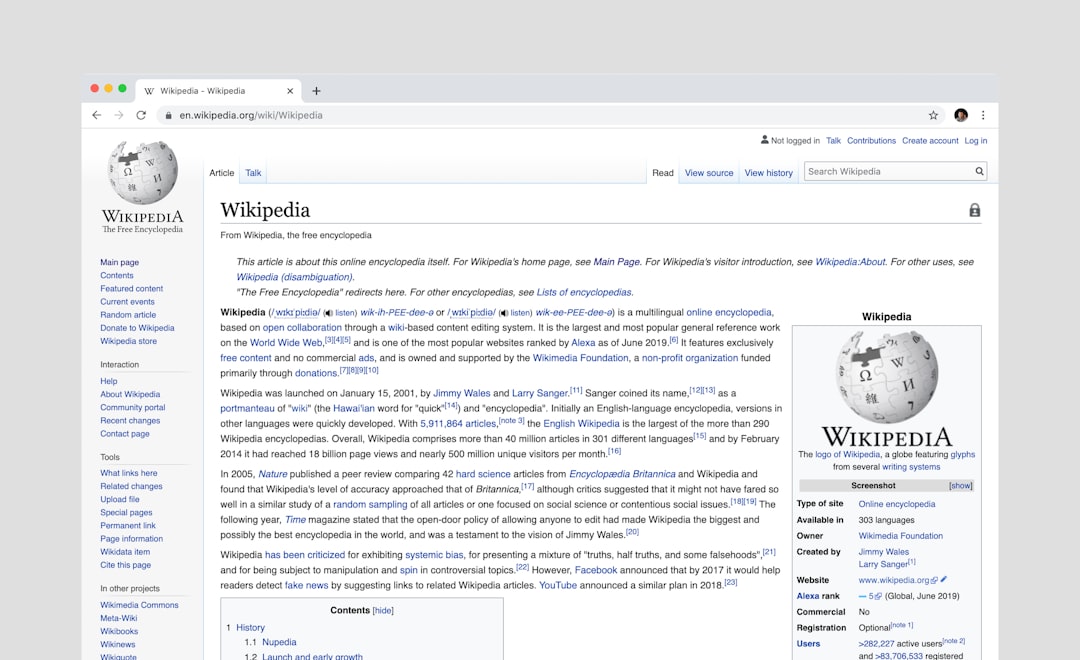In the digital age, keeping a website running smoothly is crucial for businesses of all sizes. When technical issues arise or updates are needed, website owners are often confronted with a critical decision: should they opt for a one-time website fix or invest in ongoing full support? The answer depends on the complexity of the problem, future goals, and the resources available.
Table of Contents
TLDR: Choosing Between a Quick Fix or Full Website Support
If your site just has a minor issue and everything else is functioning well, a one-time fix might do the job. However, if you face regular updates, security concerns, or want to scale your site, ongoing full support makes strategic sense. Full support ensures proactive monitoring, optimization, and peace of mind. Businesses aiming for long-term digital growth should weigh both options carefully before jumping in.
Understanding Website Fixes
A website fix typically refers to addressing a specific problem or bug on a site. This could be anything from a broken link to a slow-loading page or an issue with a contact form not working. It’s usually a quick, targeted job that ends once the issue is resolved.
Here are examples of common website fixes:
- Repairing a broken plugin or script conflict
- Fixing CSS layout issues on mobile devices
- Resolving image path errors or broken media files
- Updating meta tags and SEO settings
Such fixes are ideal for website owners who manage their own site but occasionally need help with technical hiccups. They’re budget-friendly and efficient, especially for businesses that don’t rely heavily on digital performance metrics.

The Value of Full Website Support
On the other hand, full website support involves ongoing assistance that covers a broad range of services—often bundled into a monthly or annual plan. This option is best for businesses that want to focus on their core operations while experts maintain, optimize, and update their website continuously.
Comprehensive website support typically includes:
- Regular updates to plugins, themes, and the CMS
- Website backups and disaster recovery plans
- Security scans and malware protection
- Performance optimization (load speed, image compression, etc.)
- Technical SEO monitoring and implementation
- Content management and update services
- Access to a dedicated support team
For growing businesses, full support becomes a strategic asset rather than an added expense. It enables proactive error handling, secure operations, and consistent user experience—things that a one-time fix cannot guarantee.
Key Differences at a Glance
To make the decision easier, here’s a breakdown of the key differences between a website fix and full support:
| Feature | Website Fix | Full Website Support |
|---|---|---|
| Scope | One-time, specific issue | Broad, ongoing support |
| Cost | Lower upfront cost | Recurring investment |
| Turnaround Time | Fast, depending on the issue | Scheduled maintenance and upgrades |
| Proactivity | Reactive (problem already exists) | Proactive (prevention and monitoring) |
| Best For | Simple static websites or blogs | Business-critical or high-traffic sites |
When a Website Fix Is Enough
There are certain scenarios where a website fix is the ideal route. Consider it if:
- The website functions normally aside from a single issue
- You’re technically skilled and can manage other aspects yourself
- The site isn’t heavily relied on for revenue generation
- You need a one-off update for a campaign or event
Choosing this route ensures you don’t overpay for services you don’t currently need. It’s an efficient use of resources, especially for freelancers and small businesses operating on lean budgets.
How Full Support Benefits Long-Term Goals
If your website is pivotal to your business, full support is not a luxury—it’s a necessity. A well-supported website not only stays live and efficient but also adapts to your evolving goals.
Advantages of ongoing full website support often include:
- Reduced downtime: Constant monitoring means problems are prevented or fixed rapidly.
- Data protection: Regular backups reduce the risk of catastrophic data loss.
- Higher performance: Faster websites improve user experience and SEO rankings.
- Professional consistency: Services like branding, UI adjustments, and accessibility improvements are ongoing.

Full support effectively acts as an extension of your team. Businesses focused on scaling should consider it part of their digital infrastructure costs, much like hosting or CRMs.
Comparing Costs: Fix vs Support
The difference in cost is often a deciding factor. A one-time fix might cost anywhere between $50 to $300 depending on the complexity. In contrast, a full support plan can range between $100 to $1,000/month based on features.
Ask yourself: Is this a quick fix or the beginning of a series of issues? Often, what begins as a single bug reveals deeper structural problems. In such instances, recurring support turns out to be a more economical and comprehensive solution in the long run.
Making the Right Decision
Before deciding between a quick fix and long-term support, evaluate your needs carefully. Here’s a checklist to start with:
- How critical is your website to daily operations?
- Do you have in-house technical skills?
- What is your site’s traffic volume and user base?
- Are you planning to scale your site in the near future?
- Have you experienced recurring issues in the past?
If you answered “yes” to three or more of the above, full support could save you more time, money, and stress than isolated fixes.
Conclusion
Choosing between a website fix and full support doesn’t have to be guesswork. Both options serve distinct needs, and the better you align your choice with your long-term goals and technical capabilities, the more value you’ll extract from digital maintenance efforts.
Whether you choose a one-time fix or steady support, the key is to avoid neglect—because a slow, broken, or vulnerable website can cost you far more than the repair ever will.
Frequently Asked Questions (FAQ)
- Q: Can I switch from a website fix to full support later?
A: Yes. Many service providers allow upgrades from a one-time fix to ongoing plans when you’re ready. - Q: Do all websites need full support?
A: No, static or low-maintenance sites may not need full support. Weigh your site’s impact on your business before deciding. - Q: What happens if I only get a fix but problems return?
A: Repeated fixes can become costly. It may be a sign of a bigger issue that warrants full support. - Q: Are full support plans customizable?
A: Most agencies offer tiered or customizable plans tailored to specific business needs and budgets. - Q: Can I perform fixes or maintenance myself?
A: If you’re technically inclined, yes. But prepare for a steep learning curve with CMSs, security, and optimization tools.
